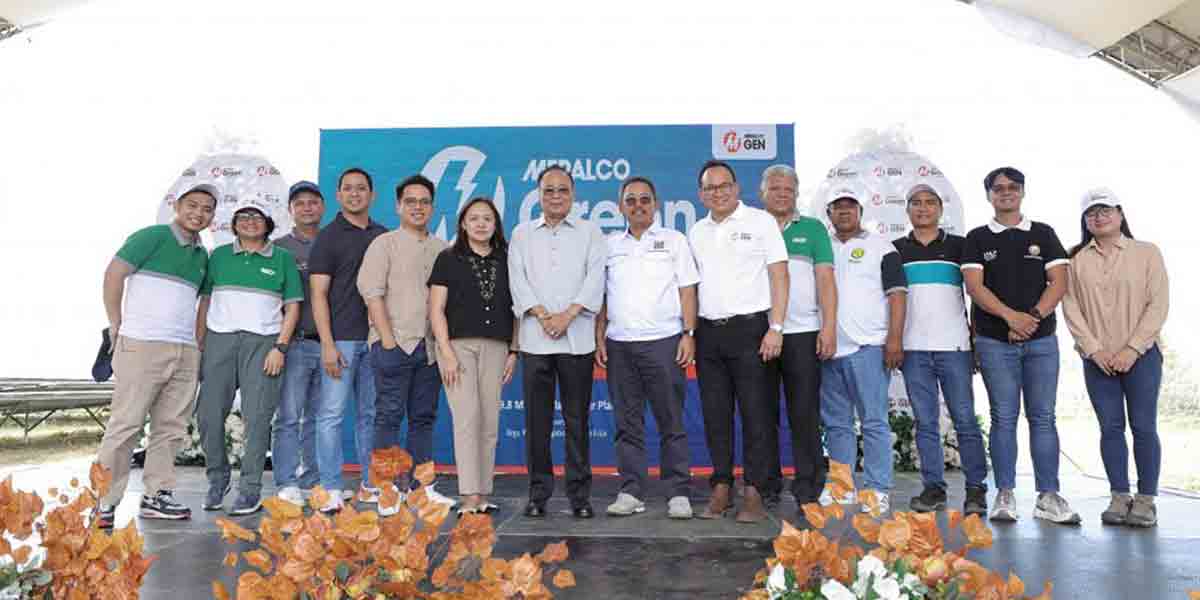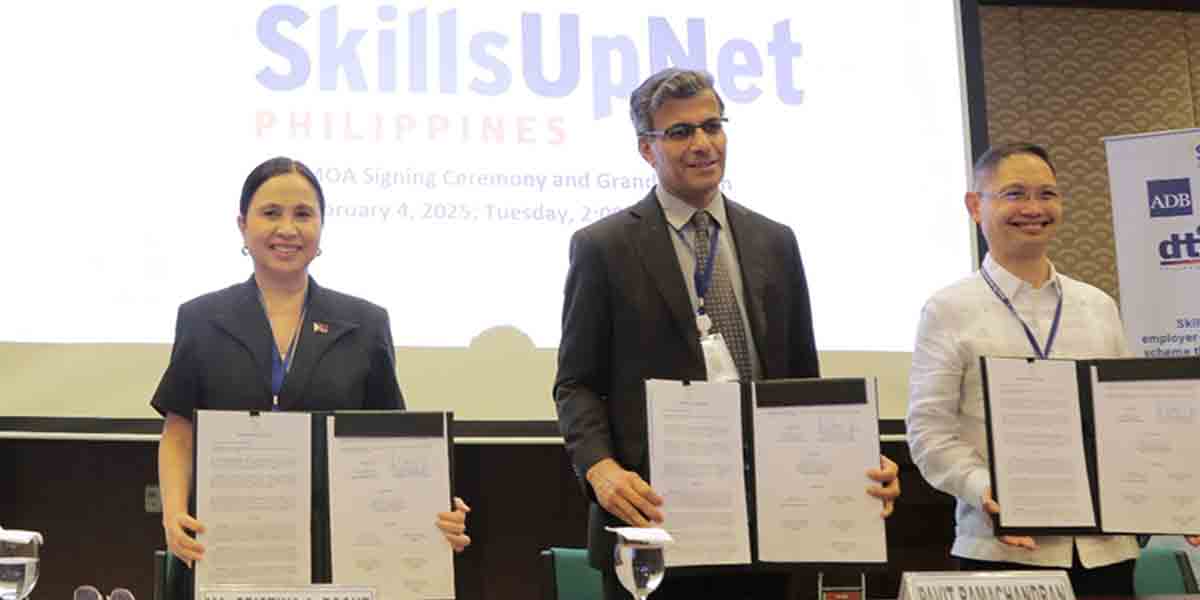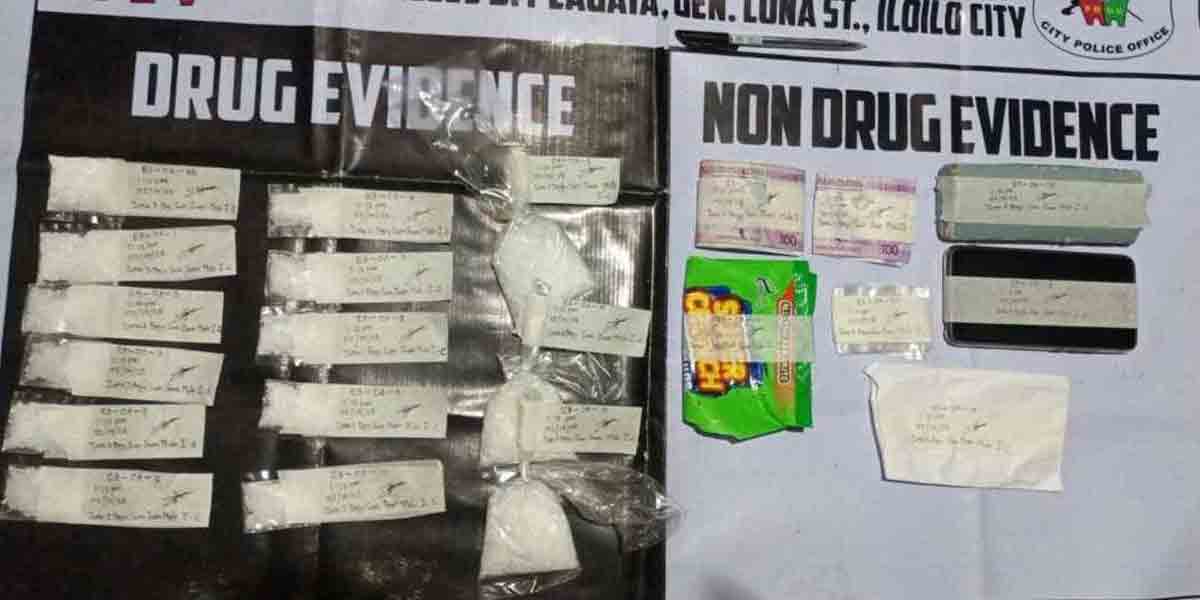President Ferdinand Marcos Jr. has touted the availability of PHP29 per kilo rice in Kadiwa stores as proof of his administration’s efforts to lower staple food costs.
While this is a significant reduction from the market price, it remains PHP9 away from his campaign promise of PHP20 per kilo, raising the question: How was this achieved, and is it sustainable?
The government’s playbook so far has relied heavily on short-term interventions: tariff reductions on imports, buffer stock releases, and subsidized retail channels.
The PHP29 per kilo rice is a product of government intervention through Kadiwa stores and the Rice-for-All Program.
By leveraging government stocks, subsidies, and controlled distribution, the administration has made cheap rice available—but only in limited quantities and locations.
It is not a nationwide standard, and access is restricted to certain buyers and areas. More importantly, this price cut does not reflect actual market conditions.
Outside Kadiwa stores, rice prices in Iloilo ranged from PHP44 to PHP52 per kilo, an indication that the bulk of consumers still face high costs.
The National Food Authority (NFA) recently released buffer stocks after declaring a food security emergency, but even with this measure, the market price remains steep.
Tariff reductions on imported rice have not significantly eased the burden on consumers, as inflation and supply constraints persist.
These Band-Aid solutions, while providing immediate price relief, fail to address fundamental issues in domestic rice production – namely, high input costs, fragmented farmlands, and inadequate irrigation infrastructure.
If the government is serious about reaching PHP20 per kilo rice without hurting farmers and traders, it must go beyond temporary subsidies.
The solution lies in structural reforms to boost production, reduce inefficiencies in the supply chain, and enhance post-harvest facilities.
Investing in irrigation, mechanization, and farmer subsidies will ensure stable supply and prevent price spikes.
Crucially, the government must address the middlemen who dictate farmgate prices and widen the gap between production and retail costs. It should consider establishing more efficient supply chains by reducing layers of middlemen and implementing better storage facilities to minimize post-harvest losses.
Without these long-term solutions, the PHP20 per kilo dream will remain just that—a campaign promise unfulfilled.
The recent food security emergency declaration suggests the current approach isn’t working – it’s time for a comprehensive agricultural reform that looks beyond price controls.
Temporary fixes may ease short-term burdens, but only systemic agricultural reform will make cheap rice a lasting reality.
The PHP20 per kilo dream remains achievable, but only through a carefully orchestrated transformation of the entire rice value chain, from farm to table.
Until then, the administration’s celebration of PHP29 rice in limited-access Kadiwa stores rings hollow against the backdrop of persistently high market prices.

























